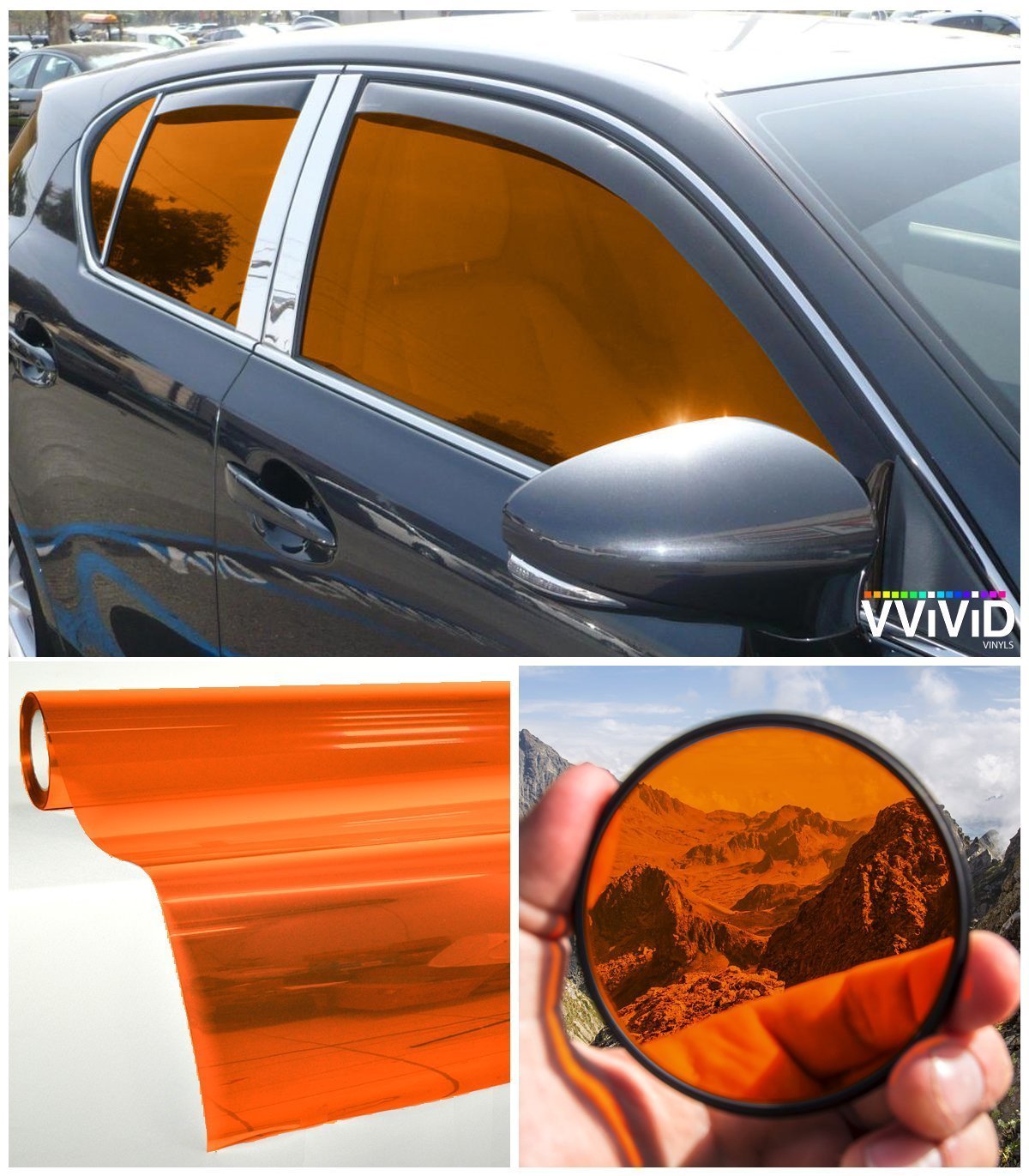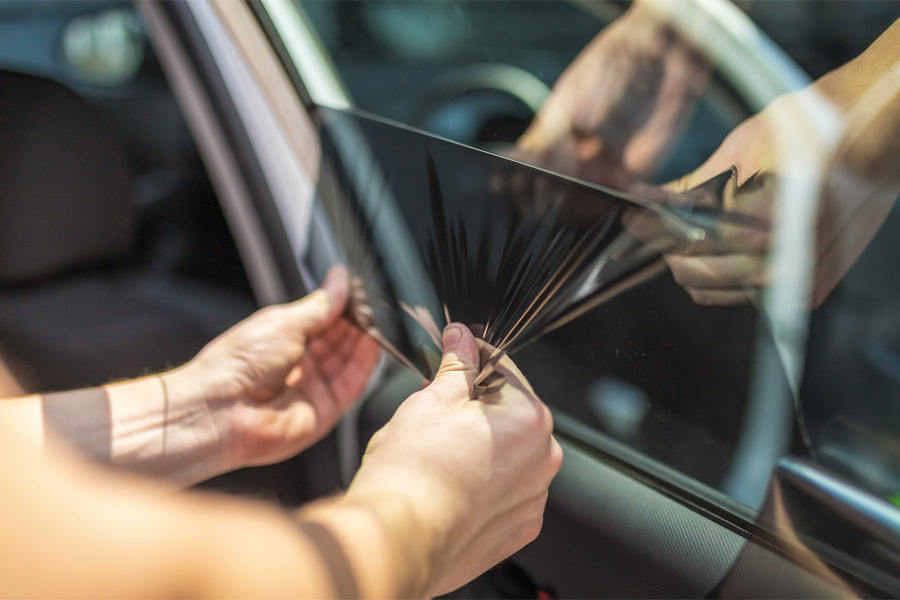Vehicle Window Tinting: What to Anticipate During the Installation Refine
Vehicle Window Tinting: What to Anticipate During the Installation Refine
Blog Article
Window Tinting Laws and Guidelines: What You Need to Know Before Tinting Your Vehicle
Prior to proceeding with window tinting for your vehicle, it is essential to acquaint yourself with the varied laws and standards that govern this method across different states. These laws determine the permitted degrees of color darkness, typically measured by noticeable light transmission (VLT) percents, and include particular stipulations for front windshields aimed at guaranteeing road safety and security.
Introduction of Home Window Tinting Rules
Window tinting legislations are often based on variant across different territories, reflecting regional policies and safety and security factors to consider. These legislations dictate the permissible levels of color darkness and reflectiveness on car home windows, ensuring that drivers preserve adequate visibility while likewise securing against damaging UV rays and warmth.
Many policies categorize home window tinting based upon the Visible Light Transmission (VLT) percent, which shows the quantity of light that can travel through the window. Generally, reduced VLT portions indicate darker tints. Legislations often differentiate in between the front, side, and back home windows, with more stringent constraints put on the front windscreen to boost security for both the driver and various other roadway individuals.
In addition, some territories impose restrictions on the reflectivity of the color, preventing excessive glare that can impair visibility. Exemptions to these legislations might exist for individuals with certain clinical problems requiring extra sun defense. Conformity with home window tinting guidelines is vital, as violations can result in fines, necessary elimination of the color, and possible increases in insurance costs. It is crucial for car proprietors to familiarize themselves with regional regulations prior to proceeding with home window tinting installations.
State-by-State Color Regulations
Understanding the details home window tinting laws in each state is essential for car owners looking for to abide by the legislation. Each state in the U.S. has actually established its own collection of rules regulating window tinting, which can differ substantially. These policies commonly determine the allowable degrees of color darkness, the sorts of windows that can be tinted, and any type of clinical exemptions that might use.
As an example, states like The golden state have strict constraints on tint darkness for front home windows, while others, such as New Mexico, might allow darker tints. Additionally, particular states mandate particular presence percentages for numerous home windows, including the windscreen, front side home windows, and back home windows. It is important for car proprietors to familiarize themselves with their state's legislations to avoid potential penalties or penalties.
Additionally, some states may require a certification sticker label to be positioned on colored windows, showing compliance with state legislations. Failure to stick to these guidelines not only runs the risk of legal consequences but can likewise affect security and exposure while driving. As a result, lorry proprietors need to perform thorough research or speak with regional authorities to make certain complete understanding and conformity with state-by-state tint policies.
Allowed Tint Types and levels
Lots of automobile proprietors may be surprised to learn that permitted color levels and types differ commonly across various states. Each state has actually established its own laws pertaining to the allowable darkness and reflectivity of window tint, commonly determined by Visible Light Transmission (VLT) percentages. VLT describes the amount of light that can pass through the colored windows; hence, a reduced percentage shows a darker color.

Moreover, the sorts of tint products enabled can vary, with some states forbiding metallic or mirror-like coatings. It is vital for automobile owners to acquaint themselves with their state's certain regulations to ensure compliance. Non-compliance can result in fines, mandatory elimination of the tint, or other lawful consequences, making it essential to comprehend these policies prior to waging installment.
Medical Exemptions for Tinting
While not all states supply allowances for clinical exemptions relating to window tinting, those that do pop over to this site identify the necessity for certain individuals to boost visibility and convenience due to clinical conditions. Different medical problems, such as lupus, skin cancer, and particular eye disorders, can make individuals especially conscious sunlight. These people may need darker colors to safeguard themselves from unsafe UV rays and glare.

It is very important to keep in mind that even with a clinical exemption, there may still be constraints on the level of color permitted. Compliance with state legislations ensures that individuals are both safeguarded and within legal limitations. Those taking into consideration medical exemptions must call their local Department of Electric motor Autos or equivalent authority to go to my site comprehend the needs and procedures essential to get an exemption successfully.
Fines for Non-Compliance
Failing to abide by window tinting legislations can bring about significant penalties, which vary by state. Regulation enforcement firms are empowered to issue citations for vehicles that do not stick to the specified tinting guidelines. These charges commonly consist of penalties, which can range from moderate total up to numerous hundred dollars, depending upon the intensity of the infraction and the state concerned.
In some territories, duplicated offenses might cause rising penalties or added fines, such as mandatory court appearances. Additionally, non-compliance may require the removal of unlawful tinting, typically at the proprietor's cost. In severe situations, habitual culprits might face suspension of their automobile enrollment till conformity is accomplished.
Furthermore, insurance implications might emerge from obtaining several citations for window tint offenses. Insurance firms might check out such offenses as a sign of riskier actions, possibly causing enhanced premiums or problem in insurance coverage.
To avoid these penalties, it is essential for car proprietors to familiarize themselves with their neighborhood window tinting legislations and make sure that their car complies (Window Tinting). This proactive approach not just prevents legal implications but additionally promotes roadway security
Conclusion

Many laws categorize home window tinting based on the Visible Light Transmission (VLT) percentage, which shows the amount of light that can pass with the home window. Compliance with window tinting laws is vital, as infractions can result in penalties, obligatory elimination of the tint, and prospective rises in insurance premiums.Comprehending the specific window tinting guidelines in each state is vital for car proprietors looking for to comply with the legislation. These laws frequently dictate the allowed degrees of color darkness, the types of windows that can be tinted, and any type of clinical exceptions navigate to this website that might apply.
For instance, states like California have strict constraints on color darkness for front home windows, while others, such as New Mexico, may allow darker tints.
Report this page